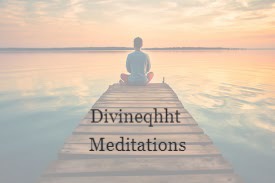SELF-HYPNOSIS FOR HEALING AND WELLNESS
- Divine QHHT
- May 5, 2024
- 2 min read
Self-hypnosis can help you reach a relaxed and calm state without a healthcare provider's help. Some studies suggest that self-hypnosis can be as beneficial as in-person sessions, but more research is needed. Here are some steps you can try for self-hypnosis:
Get comfortable
Set a goal
Focus your gaze
Breathe slowly and deeply
Visualize a peaceful place
Spend time in your scene
Move on to your goal
Let your body return to normal
You can also try using all of your senses to be in your calm and relaxing place. For example, you might imagine your body becoming very heavy, like it does when you're about to fall asleep. You can also focus on your goal in as much detail as you can imagine, and repeat it to yourself as a mantra. For example, you could say, “I am speaking confidently or I am sleeping peacefully”. As you repeat these words, you can gently direct compassion toward yourself.
Self-hypnosis can be helpful in many situations, such as before surgery or other medical procedures. Hypnosis can also be used along with other therapies to treat a variety of conditions, from mental health issues like anxiety and depression to substance use disorders to chronic pain.
You can also try guided self-hypnosis recordings or books. Some books that may help include Healing Yourself With Self-Hypnosis by Joseph R. Berger, Caroline Miller, and Frank Caprio, and Your Amazing Itty Bitty Self-Hypnosis Book: 15 Powerful Ways To Use Self-Hypnosis To Improve Your Life.
All healing and answers to your questions come from within. We just have to create the safe place and set time aside to do the practice. With patience, discipline and consistency great power of the mind, body and spirit will prevail.
Enjoy the practice with passion.
Stacy





Comments